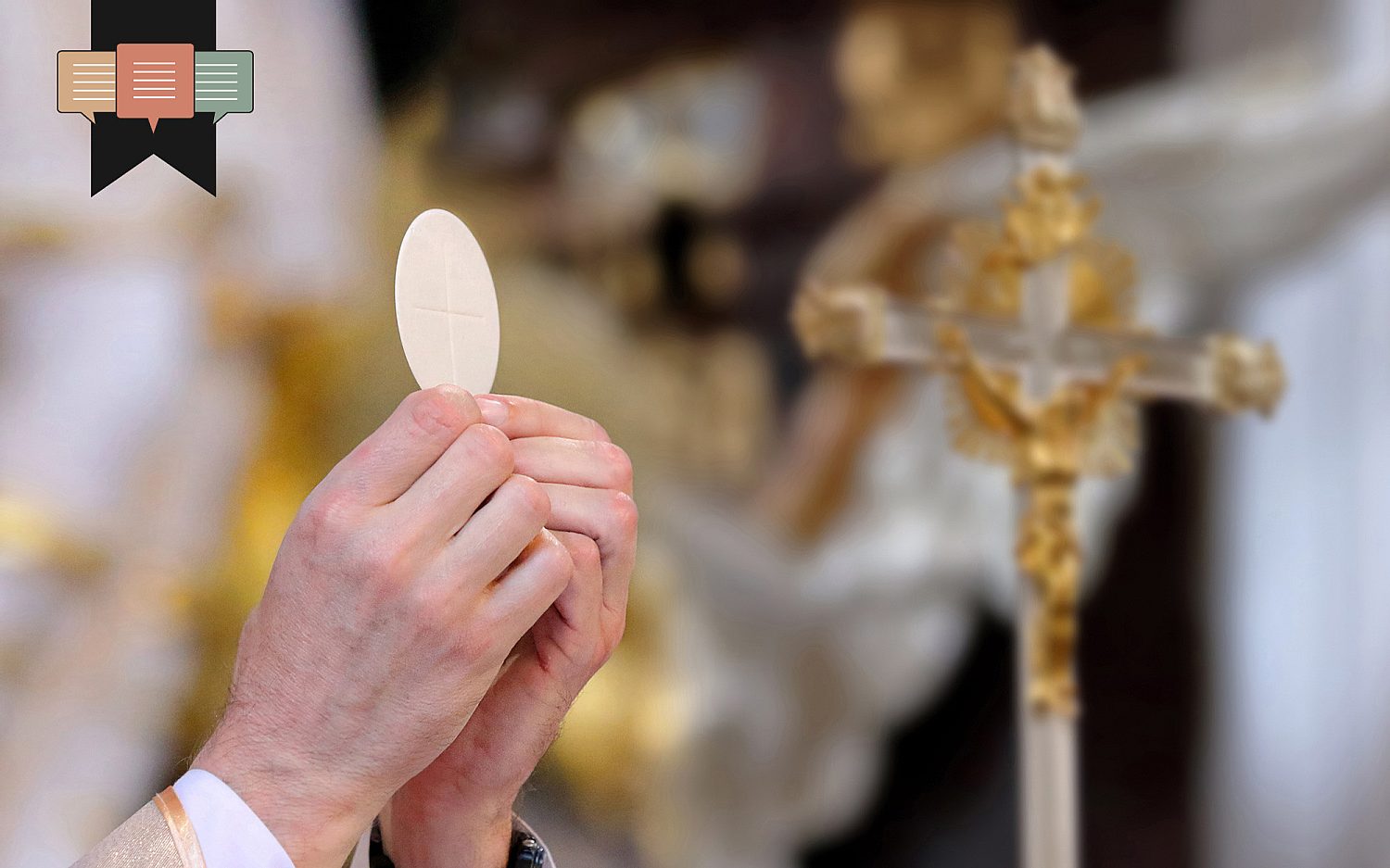A modest defense of presidential power
An executive order that doesn’t make new law can help a president carry out his duties
Full access isn’t far.
We can’t release more of our sound journalism without a subscription, but we can make it easy for you to come aboard.
Get started for as low as $3.99 per month.
Current WORLD subscribers can log in to access content. Just go to "SIGN IN" at the top right.
LET'S GOAlready a member? Sign in.
The new Trump Administration has hit the ground running. Executive branch officials have stepped up immigration enforcement. The president reinstituted the Mexico City Policy, which refuses aid to foreign organizations that provide or advocate for abortion. The Administration also has removed the United States from the Paris Climate Accord.
President Trump has acted mostly through a flurry of executive orders, including more than 20 issued on his first day in office. Presidential use of executive orders has garnered significant criticism in the 21st century. This criticism has crossed party lines. Whether he be a Republican or a Democrat, political opponents have attacked presidential executive orders with verve. President Trump was criticized during his first term for executive actions such as reallocating money for building a wall along the Southern border. President Biden has sought to cancel significant amounts of student loan debt in this manner as well. Finally, in November of 2014, President Obama’s DACA and DAPA actions garnered a mocking sketch from Saturday Night Live.
Some criticisms of executive orders stem only from opposition to the specific policy or to the president who made them. But some make a different objection, one based not in policy or partisanship but on constitutional grounds.
The SNL sketch pointed to the core constitutional criticism levied at executive orders: that they violate the separation of powers. Our Constitution vests national lawmaking authority in Congress. Yes, the president signs and vetoes bills. But that is a carefully, narrowly limited exception to the general rule. Instead, the president’s core function in our system consists of enforcing the law made by Congress. Executive orders look like the president sidestepping if not outright contradicting Congress by legislating on his own.
Can one make a constitutional defense of executive orders? Yes, there is a legitimate role for them in our system. In Article II, the Constitution vests the entire national executive power in the president. To carry out that massive (and growing) task, the president always has needed subordinates within the executive branch to enforce laws. How does the president exert control over these officers and thus maintain his own responsibility to “take Care that the Laws be faithfully executed”?
He certainly can fire them for doing their job badly or defying his own legitimate orders. But how can those officers know what they should do and the president then assess their obedience and competence? The answer is that the president can give orders explaining his understanding of federal law and then direct how he desires executive officials to enforce those laws.
That is the original intention of executive orders. They do not make new law. They merely enable the president to direct the enforcement of existing statutes. If you read executive orders, you will notice that they note and interpret statutes and constitutional clauses the president believes enable—even require—the action the executive order commands.
Now, the fact that executive orders can be constitutional does not mean every executive order is constitutional. Presidents can and do grossly overread the discretion a law gives them to act. They can do so to score partisan points. One of President Biden’s biggest student loan cancellations, for example, fell into this category. It was rightly slapped down by the Supreme Court. President Trump’s border wall funding also rested on shaky statutory ground, including being in tension with his own prior statements and efforts to secure new congressional appropriations for the project.
Therefore, we must judge President Trump’s executive orders individually. Each order must be evaluated accordingly. Doing so of course includes assessing whether we think the policy pursued is a good one. However, we also should consider whether the order falls within existing law. Is the president, in other words, fulfilling his role as exerciser of the executive power or intruding into Congress’s legislative sphere. If we do not seriously consider this question of separation of powers, we face the temptation of pursuing beneficial goals in damaging ways. Such an error of omission would undermine the constitutional structure and thus lay the groundwork for future threats to limited government as well as individual liberty.
These daily articles have become part of my steady diet. —Barbara
Sign up to receive the WORLD Opinions email newsletter each weekday for sound commentary from trusted voices.Read the Latest from WORLD Opinions
R. Albert Mohler Jr. | Response to release of security video shows deep division between liberals and conservatives
Barton J. Gingerich | The deeply rooted problem with a convert to Roman Catholicism administering the Lord’s Supper in a PCA church
Nathan Leamer | We should view artificial intelligence as a potential opportunity for the Church
Joe Rigney | Slayings in Charlotte, Minneapolis, and Nashville reveal a deep spiritual abyss in America






Please wait while we load the latest comments...
Comments
Please register, subscribe, or log in to comment on this article.